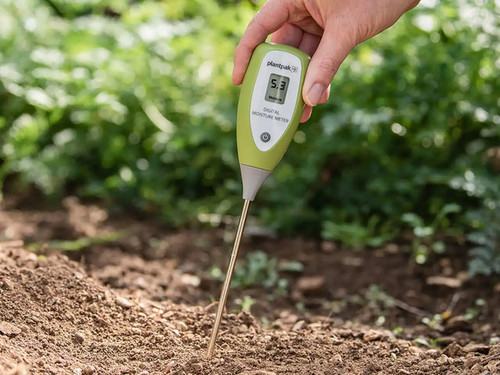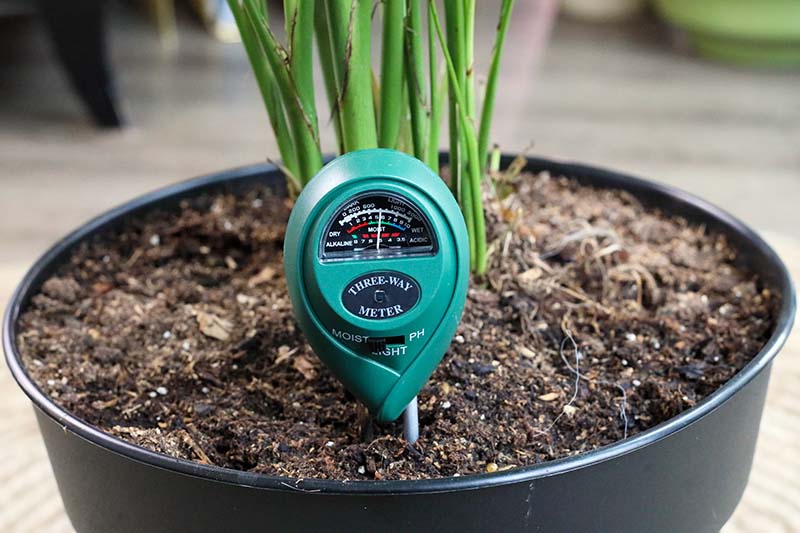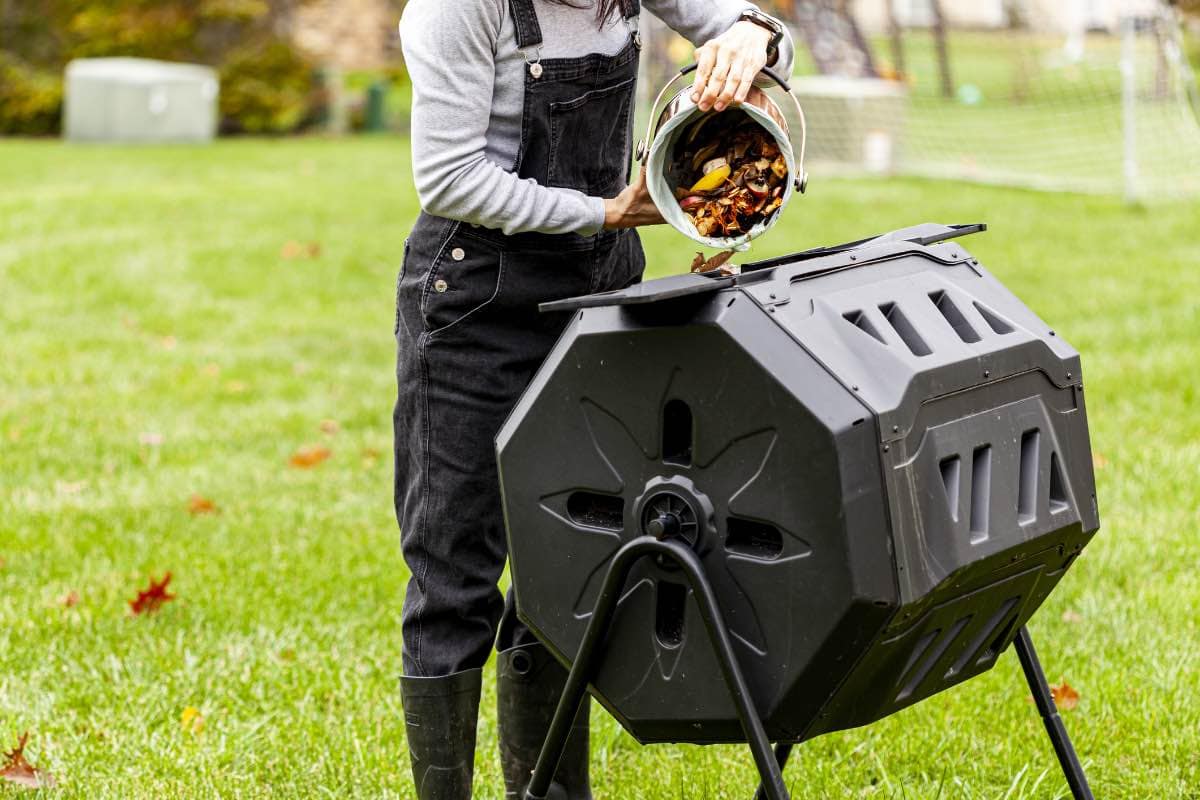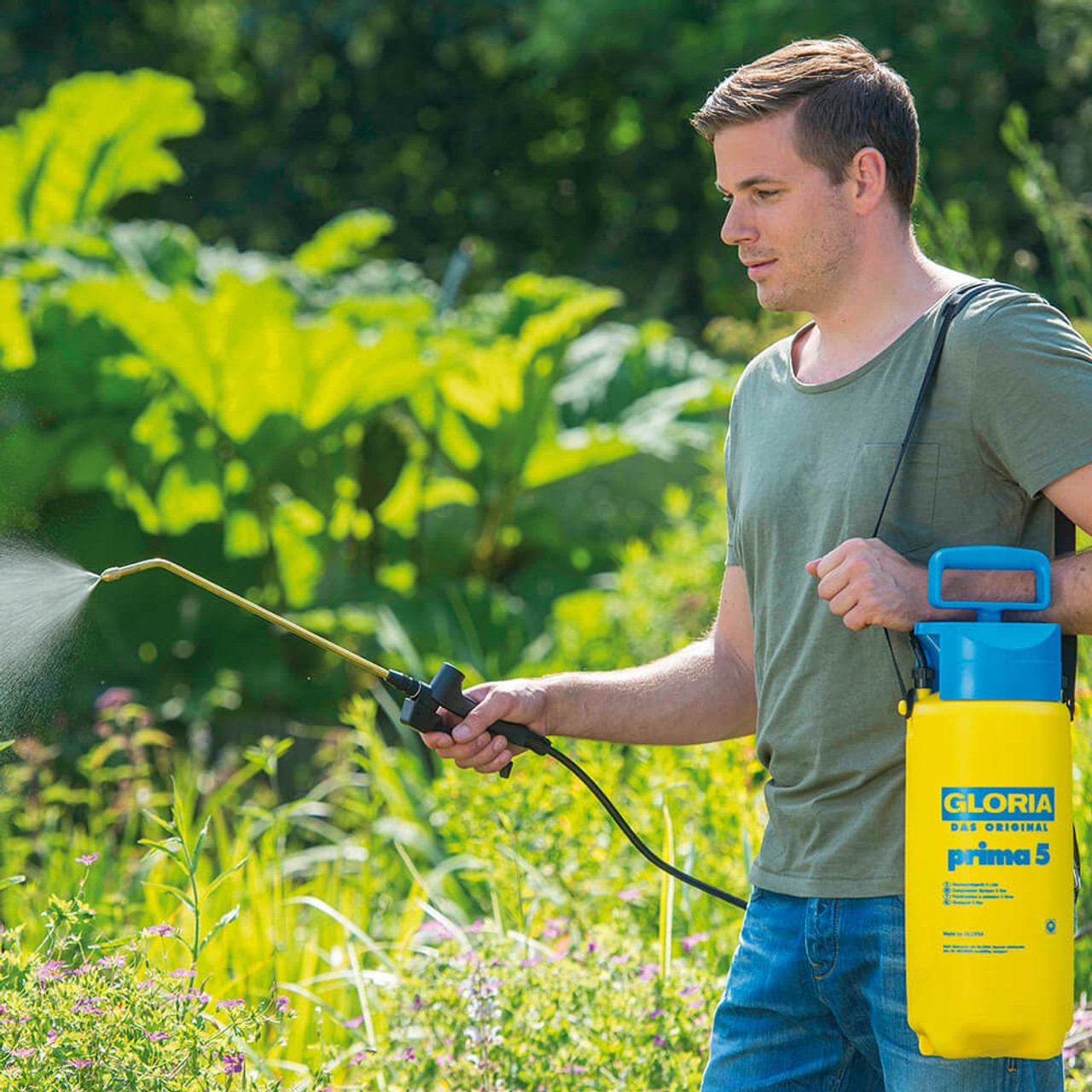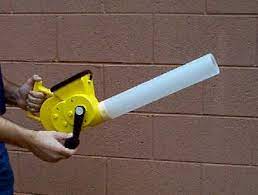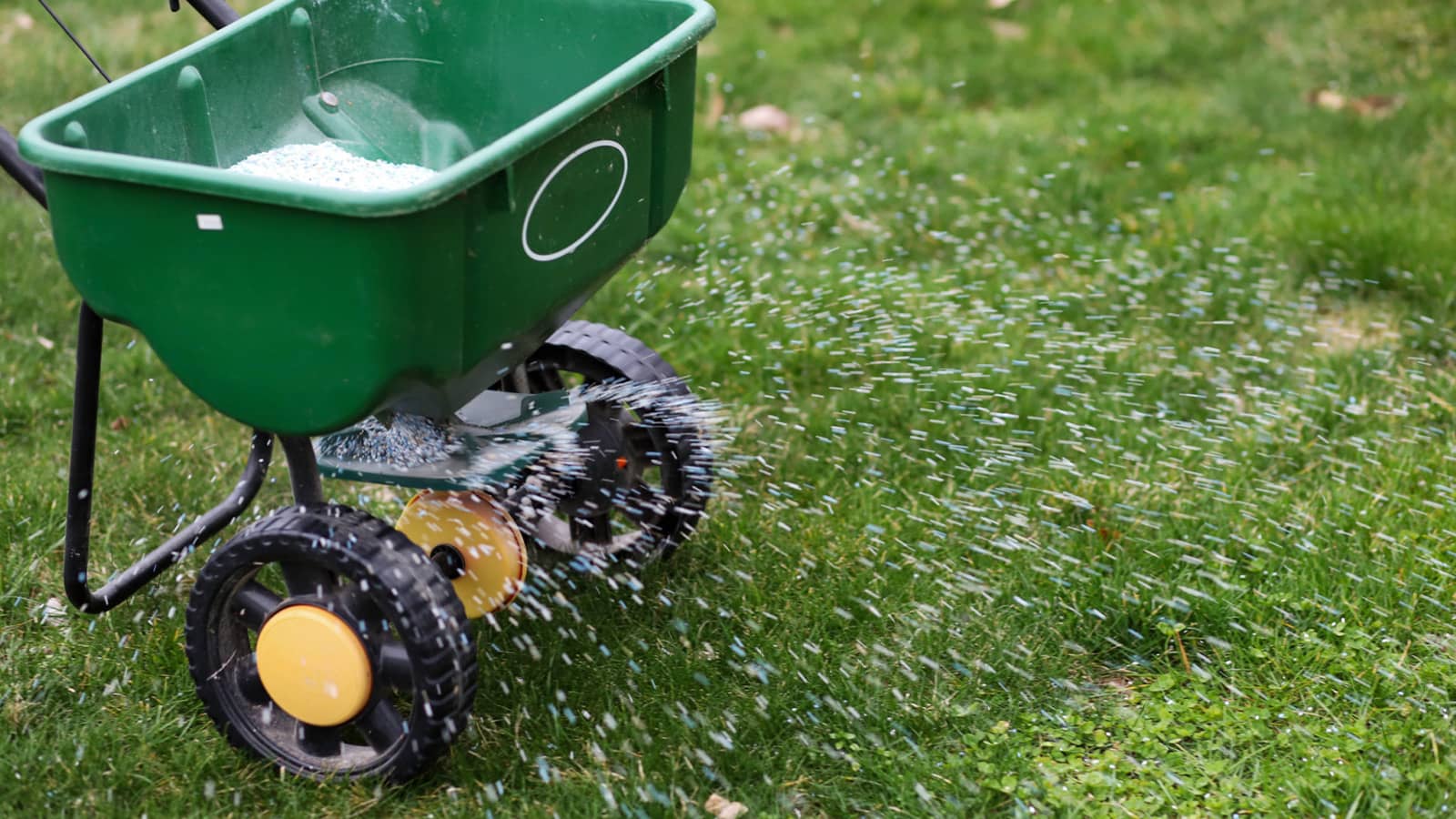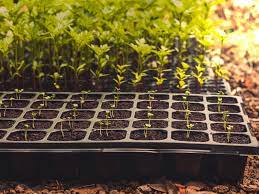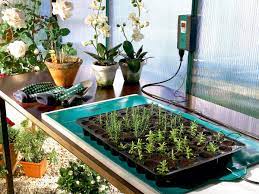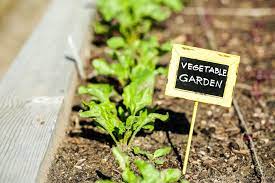fertilizer, natural or artificial substance containing the chemical elements that improve growth and productiveness of plants. Fertilizers enhance the natural fertility of the soil or replace chemical elements taken from the soil by previous.
Soil fertility is the quality of a soil that enables it to provide compounds in adequate amounts and proper balance to promote growth of plants when other factors (such as light, moisture, temperature, and soil structure) are favourable. Where fertility of the soil is not good, natural or manufactured materials may be added to supply the needed plant nutrients. These are called fertilizers, although the term is generally applied to largely inorganic materials other than lime or gypsum.
In total, plants need at least 16 elements, of which the most important are carbon, hydrogen, oxygen, nitrogen, phosphorus, sulfur, potassium, calcium, and magnesium. Plants obtain carbon from the atmosphere and hydrogen and oxygen from water; other nutrients are taken up from the soil. Although plants contain sodium, iodine, and cobalt, these are apparently not essential. This is also true of silicon and aluminum.
Overall chemical analyses indicate that the total supply of nutrients in soils is usually high in comparison with the requirements of crop plants. Much of this potential supply, however, is bound tightly in forms that are not released to crops fast enough to give satisfactory growth. Because of this, the farmer is interested in measuring the available nutrient supply as contrasted to the total nutrient supply. When the available supply of a given nutrient becomes depleted, its absence becomes a limiting factor in plant growth. Excessive quantities of some nutrients may cause a decrease in yield, however.
Determination of a crop’s nutrient needs is an essential aspect of fertilizer technology. The appearance of a growing crop may indicate a need for fertilizer, though in some plants the need for more or different nutrients may not be easily observable. If such a problem exists, its nature must be diagnosed, the degree of deficiency must be determined, and the amount and kind of fertilizer needed for a given yield must be found. There is no substitute for detailed examination of plants and soil conditions in the field, followed by simple fertilizer tests, quick tests of plant tissues, and analysis of soils and plants.
Sometimes plants show symptoms of poor nutrition. Chlorosis (general yellow or pale green colour), for example, indicates lack of sulfur and nitrogen. Iron deficiency produces white or pale yellow tissue. Symptoms can be misinterpreted, however. Plant disease can produce appearances resembling mineral deficiency, as can various organisms. Drought or improper cultivation or fertilizer application each may create deficiency symptoms.After field diagnosis, the conclusions may be confirmed by experiments in a greenhouse or by making strip tests in the field. In strip tests, the fertilizer elements suspected of being deficient are added, singly or in combination, and the resulting plant growth observed. Next it is necessary to determine the extent of the deficiency.
An experiment in the field can be conducted by adding nutrients to the crop at various rates. The resulting response of yield in relation to amounts of nutrients supplied will indicate the supplying power of the unfertilized soil in terms of bushels or tons of produce. If the increase in yield is large, this practice will show that the soil has too little of a given nutrient. Such field experiments may not be practical, because they can cost too much in time and money. Soil-testing laboratories are available in most areas; they conduct chemical soil tests to estimate the availability of nutrients. Commercial soil-testing kits give results that may be very inaccurate, depending on techniques and interpretation. Actually, the most accurate system consists of laboratory analysis of the nutrient content of plant parts, such as the leaf. The results, when correlated with yield response to fertilizer application in field experiments, can give the best estimate of deficiency. Further development of remote sensing techniques, such as infrared photography, are under study and may ultimately become the most valuable technique for such estimates.
The practical goal is to determine how much nutrient material to add. Since the farmer wants to know how much profit to expect when buying fertilizer, the tests are interpreted as an estimation of increased crop production that will result from nutrient additions. The cost of nutrients must be balanced against the value of the crop or even against alternative procedures, such as investing the money in something else with a greater potential return. The law of diminishing returns is well exemplified in fertilizer technology. Past a certain point, equal inputs of chemicals produce less and less yield increase. The goal of the farmer is to use fertilizer in such a way that the most profitable application rate is employed. Ideal fertilizer application also minimizes excess and ill-timed application, which is not only wasteful for the farmer but also harmful to nearby waterways. Unfortunately, water pollution from fertilizer runoff, which has a sphere of impact that extends far beyond the farmer and the fields, is a negative externality that is not accounted for in the costs and prices of the unregulated market.
Modern chemical fertilizers include one or more of the three elements that are most important in plant nutrition: nitrogen, phosphorus, and potassium. Of secondary importance are the elements sulfur, magnesium, and calcium. Most nitrogen fertilizers are obtained from synthetic ammonia; this chemical compound (NH3) is used either as a gas or in a water solution, or it is converted into salts such as ammonium sulfate, ammonium nitrate, and ammonium phosphate, but packinghouse wastes, treated garbage, sewage, and manure are also common sources of it. Because its nitrogen content is high and is readily converted to ammonia in the soil, urea is one of the most concentrated nitrogenous fertilizers. An inexpensive compound, it is incorporated in mixed fertilizers as well as being applied alone to the soil or sprayed on foliage. With formaldehyde it gives methylene-urea fertilizers, which release nitrogen slowly, continuously, and uniformly, a full year’s supply being applied at one time.
Phosphorus fertilizers include calcium phosphate derived from phosphate rock or bones. The more soluble superphosphate and triple superphosphate preparations are obtained by the treatment of calcium phosphate with sulfuric and phosphoric acid, respectively. Potassium fertilizers, namely potassium chloride and potassium sulfate, are mined from potash deposits. Of commercially produced potassium compounds, almost 95 percent of them are used in agriculture as fertilizer. Mixed fertilizers contain more than one of the three major nutrients—nitrogen, phosphorus, and potassium. Fertilizer grade is a conventional expression that indicates the percentage of plant nutrients in a fertilizer; thus, a 10–20–10 grade contains 10 percent nitrogen, 20 percent phosphoric oxide, and 10 percent potash. Mixed fertilizers can be formulated in hundreds of ways.
The use of manure and compost as fertilizers is probably almost as old as agriculture. Many traditional farming systems still rely on these sustainable fertilizers, and their use is vital to the productivity of certified organic farms, in which synthetic fertilizers are not permitted.
Compost is used in agriculture and gardening primarily as a soil amendment rather than as fertilizer, because it has a low content of plant nutrients. It may be incorporated into the soil or mulched on the surface. Heavy rates of application are common.
Compost is basically a mass of rotted organic matter made from waste plant residues. Addition of nitrogen during decomposition is usually advisable. The result is a crumbly material that when added to soil does not compete with the crop for nitrogen. When properly prepared, it is free of obnoxious odours. Composts commonly contain about 2 percent nitrogen, 0.5 to 1 percent phosphorus, and about 2 percent potassium. The nitrogen of compost becomes available slowly and never approaches that available from inorganic sources. This slow release of nitrogen reduces leaching and extends availability over the whole growing season. Composts are essentially fertilizers with low nutrient content, which explains why large amounts are applied. The maximum benefits of composts on soil structure (better aggregation, pore spacing, and water storage) and on crop yield usually occur after several years of use.
In practical farming, the use of composted plant residues must be compared with the use of fresh residues. More beneficial soil effects usually accrue with less labour by simply turning under fresh residues; also, since one-half the organic matter is lost in composting, fresh residues applied at the same rate will cover twice the area that composted residues would cover. In areas where commercial fertilizers are expensive, labour is cheap, and implements are simple, however, composting meets the need and is a logical practice.
Sewage sludge, the solid material remaining from the treatment of sewage, is not permitted in certified organic farming, though it is used in other, nonorganic settings. After suitable processing, it is sold as fertilizer and as a soil amendment for use on lawns, in parks, and on golf courses. Use of human biosolids in agriculture is controversial, as there are concerns that even treated sewage may harbour harmful bacteria, viruses, pharmaceutical residues, and heavy metals. Liming to reduce soil acidity is practiced extensively in humid areas where rainfall leaches calcium and magnesium from the soil, thus creating an acid condition. Calcium and magnesium are major plant nutrients supplied by liming materials. Ground limestone is widely used for this purpose; its active agent, calcium carbonate, reacts with the soil to reduce its acidity. The calcium is then available for plant use. The typical limestones, especially dolomitic, contain magnesium carbonate as well, thus also supplying magnesium to the plant. Marl and chalk are soft impure forms of limestone and are sometimes used as liming materials, as are oyster shells. Calcium sulfate (gypsum) and calcium chloride, however, are unsuitable for liming, for, although their calcium is readily soluble, they leave behind a residue that is harmful. Organic standards by the European Union and the U.S. Food and Drug Administration restrict certain liming agents; burnt lime and hydrated lime are not permitted for certified organic farms in the U.S., for example.
Fertilizers may be added to soil in solid, liquid, or gaseous forms, the choice depending on many factors. Generally, the farmer tries to obtain satisfactory yield at minimum cost in money and labour.
Manure can be applied as a liquid or a solid. When accumulated as a liquid from livestock areas, it may be stored in tanks until needed and then pumped into a distributing machine or into a sprinkler irrigation system. The method reduces labour, but the noxious odours are objectionable. The solid-manure spreader, which can also be used for compost, conveys the material to the field, shreds it, and spreads it uniformly over the land. The process can be carried out during convenient times, including winter, but rarely when the crop is growing.Application of granulated or pelleted solid fertilizer has been aided by improved equipment design. Such devices, depending on design, can deposit fertilizer at the time of planting, side-dress a growing crop, or broadcast the material. Solid-fertilizer distributors have a wide hopper with holes in the bottom; distribution is effected by various means, such as rollers, agitators, or endless chains traversing the hopper bottom. Broadcast distributors have a tub-shaped hopper from which the material falls onto revolving disks that distribute it in a broad swath. Fertilizer attachments are available for most tractor-mounted planters and cultivators and for grain drills and some types of plows. They deposit fertilizer with the seed when planted, without damage to the seed, yet the nutrient is readily available during early growth. Placement of the fertilizer varies according to the types of crops; some crops require banding above the seed, while others are more successful when the fertilizer band is below the seed.
